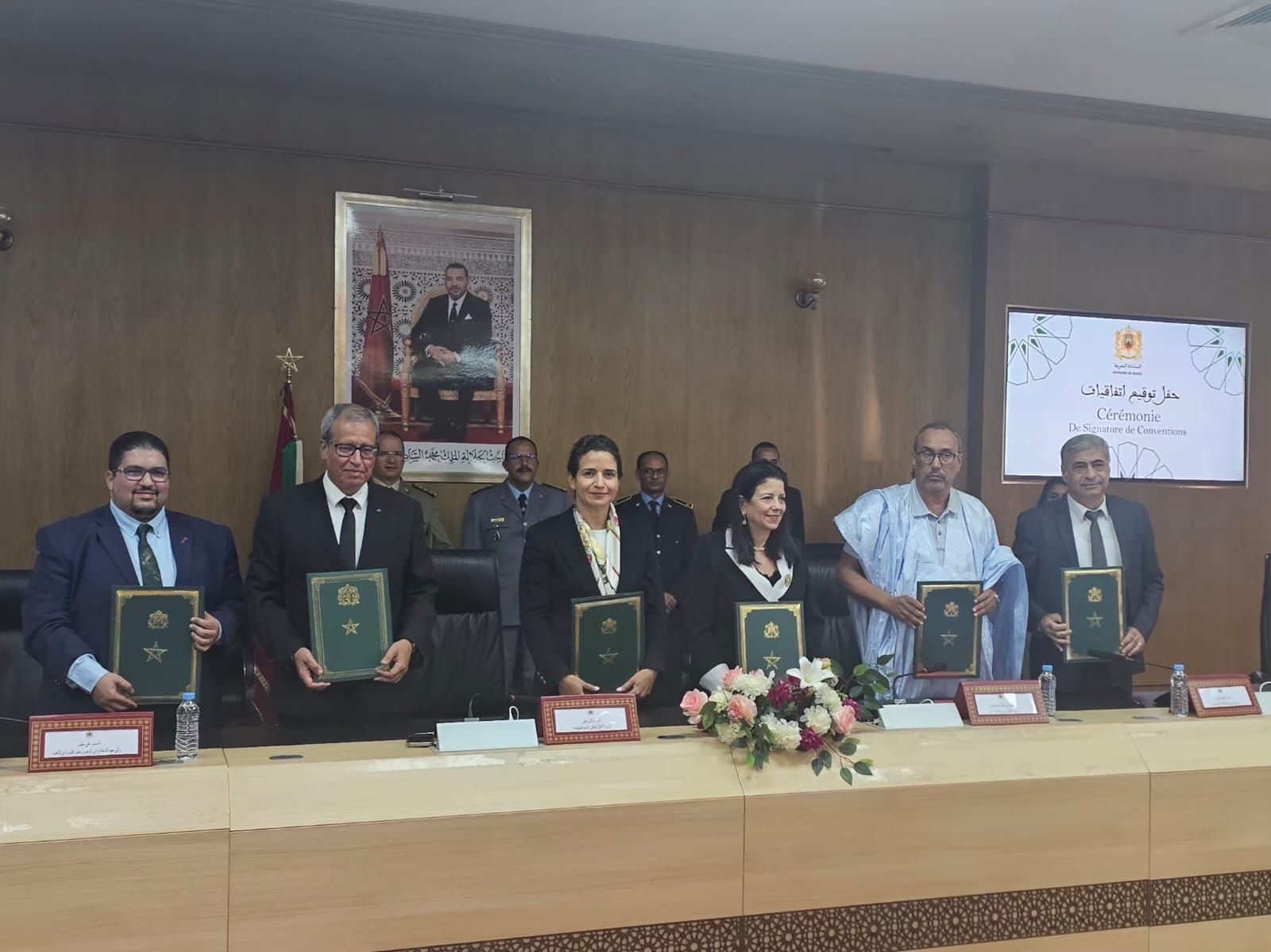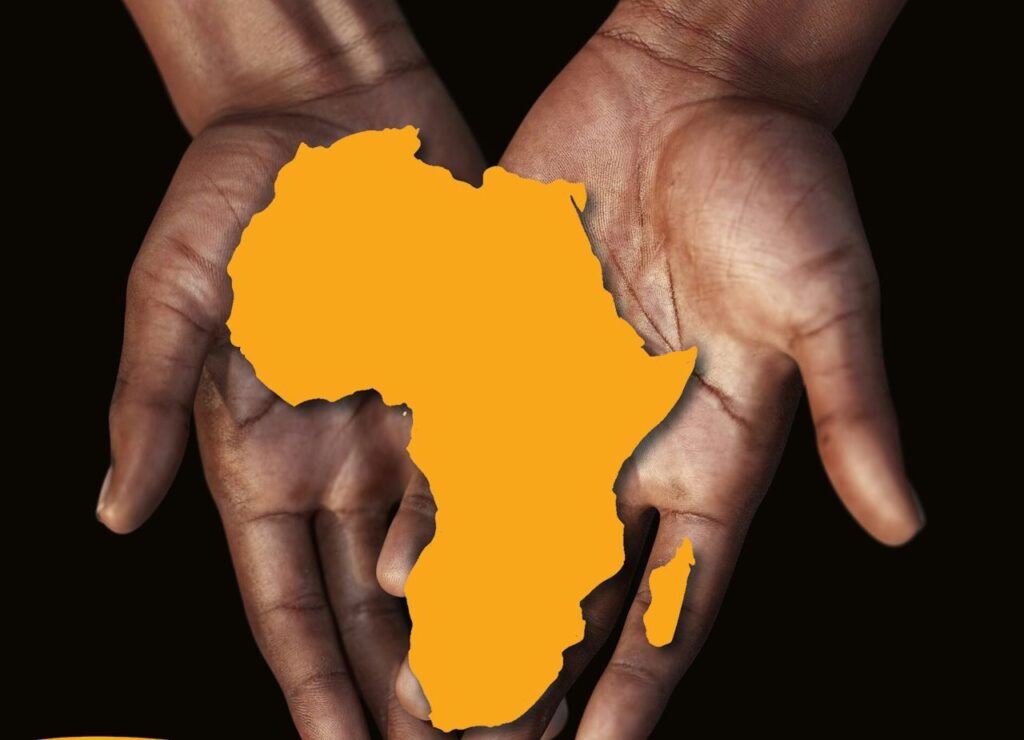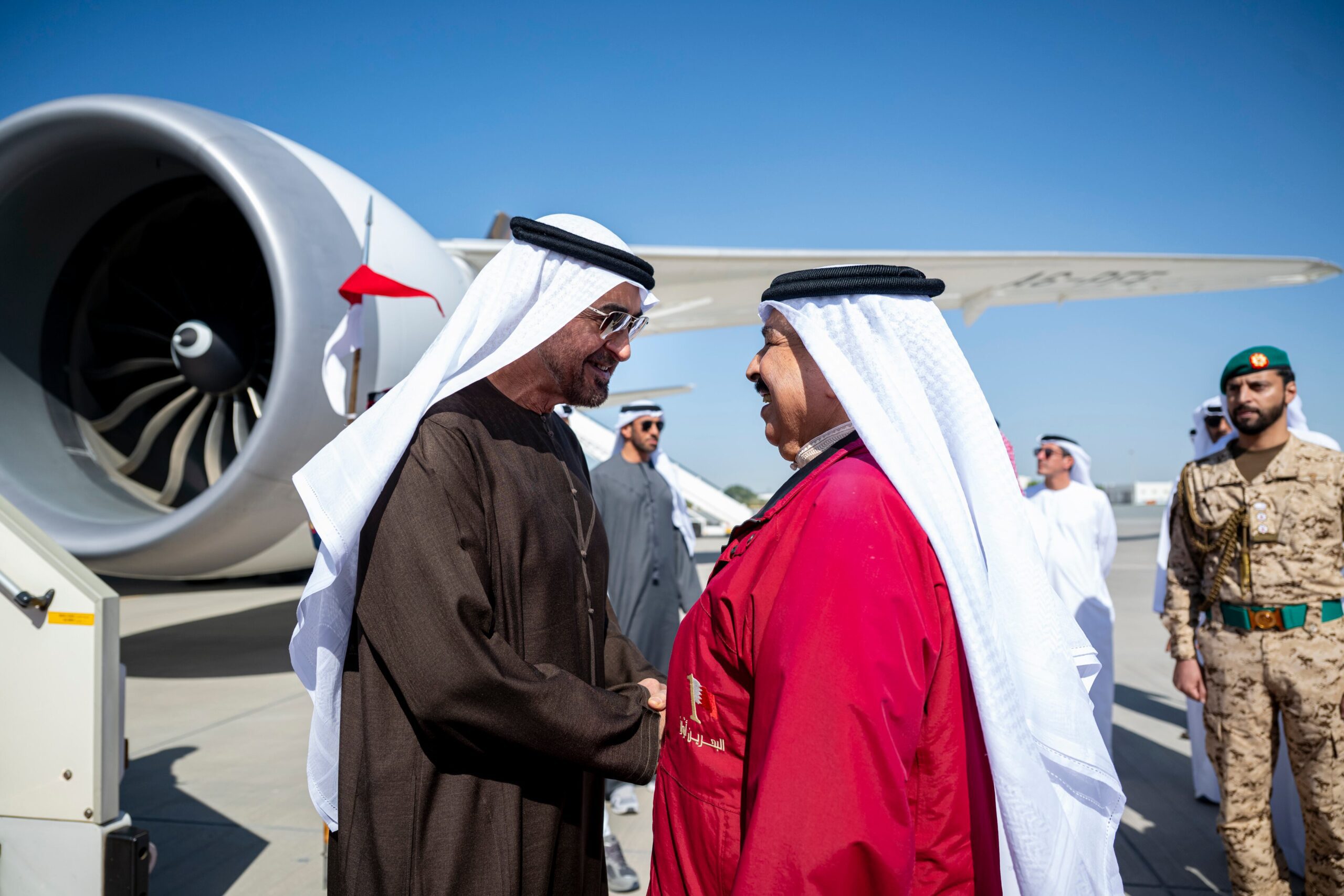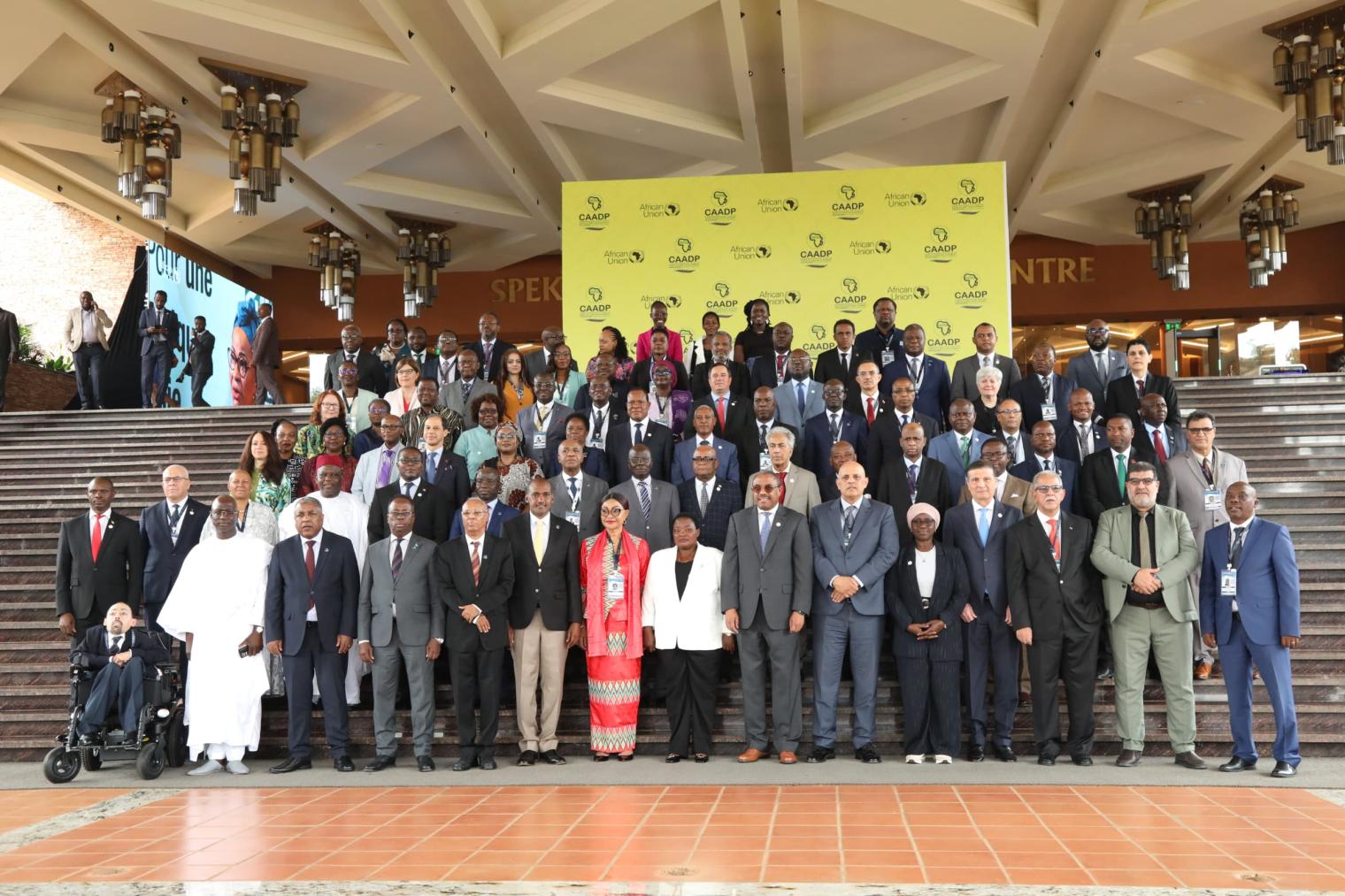
Friday 21st November 2025

by inAfrika Newsroom
Africa remittances 2025 projections show that money sent home by migrants remains a critical lifeline, even as growth moderates. World Bank estimates indicate that transfers to low- and middle-income countries reached about US$685 billion in 2024, with Sub-Saharan Africa accounting for a rising share. In the region, remittances are worth roughly 3.3% of GDP on average, though the ratio is far higher in some states.
However, the Africa remittances 2025 picture is not only about volumes. The cost of sending money to Sub-Saharan Africa remains the highest in the world. UN data show that sending US$200 to the region cost close to 9% of the amount in the first quarter of 2025, compared with a global average of about 6.5%. Other studies confirm that average fees in key corridors hover around 8.8% of transaction value.
Meanwhile, economists note that remittance flows have proved more resilient than foreign direct investment and aid. They often rise after crises, as migrants support families facing food price spikes, currency weakness or conflict. Recent research on African economies suggests that, when well used, these inflows can support consumption, savings and small business growth. Yet they can also mask deeper labour-market problems at home.
Policy makers are pursuing multiple approaches to improve Africa remittances 2025 outcomes. Firstly, central banks and regulators are encouraging competition among service providers and pushing for more transparency on fees. Secondly, they are promoting digital channels, including mobile money and fintech platforms, which can cut costs and speed up transfers.
In addition, some countries are exploring diaspora bonds and tax incentives to turn remittances into formal savings and investment. Regional bodies and the G20 have also pledged to reduce average remittance costs toward the global target of 3%. Progress, however, has been slow, especially in rural corridors with weak digital and banking infrastructure.
Africa remittances 2025 trends matter because they shape both daily survival and long-term opportunity for millions of households. In many families, money from abroad pays for food, rent and school fees when local wages fall short. Lower transfer costs would therefore free cash for savings, farm inputs or small business stock. At the macro level, steady remittance flows can stabilise foreign-exchange reserves and support currencies, especially when other inflows are volatile. However, high dependence also highlights gaps in domestic job creation. Stronger policies that link remittances to inclusive finance, skills and productive investment can turn private transfers into a more powerful engine for development, rather than a fragile safety net.


